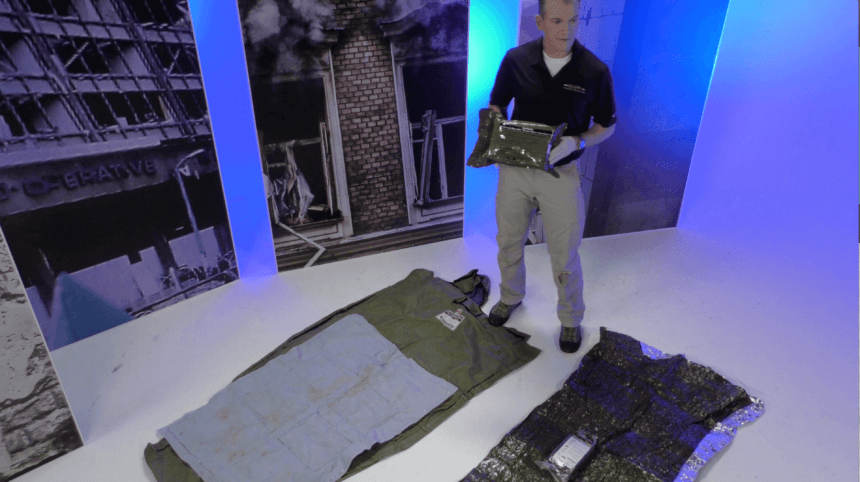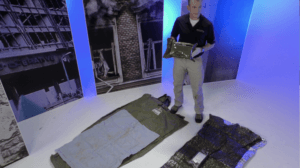
Hypothermia Prevention: A critical and often missed lifesaving piece of the emergency medical training
🕖 Reading Time, 3 minutes
Once a casualty’s massive hemorrhage is controlled, rescuers must turn our attention to the rest of the M-A-R-C-H pneumonic, specifically, to hypothermia prevention.
- Does the casualty have an open airway, or do they need help maintaining their airway?
- How are their respirations? Are they having trouble breathing due to a gunshot wound to the chest?
- Check the circulation: The easiest way to do this is to confirm a radial pulse and the ability to follow commands.
Even in hot climates, casualties get hypothermic
Then, as counterintuitive as it seems, even in places like Las Vegas and Texas, which we think of as being hot climates, we have to consider hypothermia prevention. Why? Because cold blood does not clot. Hypothermia kills casualties and 9.3% of civilian trauma patients arrive at the hospital hypothermic.
Typical body temperature is about 98.6ºF. However, a drop of only 5 degrees, to 93ºF increases the casualty’s mortality by 28%. For a five-degree temperature drop, the casualty’s chance of survival is dropped by 1/4.
In Iraq and Afghanistan, where daytime temperatures soar to above 120ºF, the military routinely places casualties in a Hypothermia Prevention & Management Kit (HPMK) or a Blizzard Bag, to ensure the casualty does not become hypothermic. 18% of casualties admitted to a combat support hospital in Iraq were hypothermic on arrival to the hospital. In Iraq. The TCCC Committee changed their guidelines in June 2020, emphasizing the need for hypothermia management.
HPMK’s, for example, include a heat pack that heats to 106ºF. It’s basically a really high-tech, fancy space blanket that works. The Blizzard Survival Blanket is made out of a special material that is the equivalent to a medium weight sleeping bag, in a package the size of a VHS cassette tape (if you don’t know what that is, it’s a little larger than a hearty ham sandwich, or you can Google it).
So, what is a well-trained first responder to do?
- Can you find a blanket or a coat to wrap around the casualty?
- Can you get the casualty off of the ground or off of a tile floor?
- Get the casualty out of wet clothing if possible and in a safe environment.
- Do you have a space blanket?
- Can you provide body heat to the casualty? If they can be comfortable, put them in contact with another person when the scene is safe.
- Get the casualty out of the weather – inside, in a vehicle, and to the hospital.
Equipment to make this easier?
HPMK – https://www.narescue.com/nar-hypothermia-prevention-and-management-kit-hpmk
Blizzard Bag – https://ps-med.com/products/hypothermia-prevention/
APLS – https://www.paperpakapls.com


